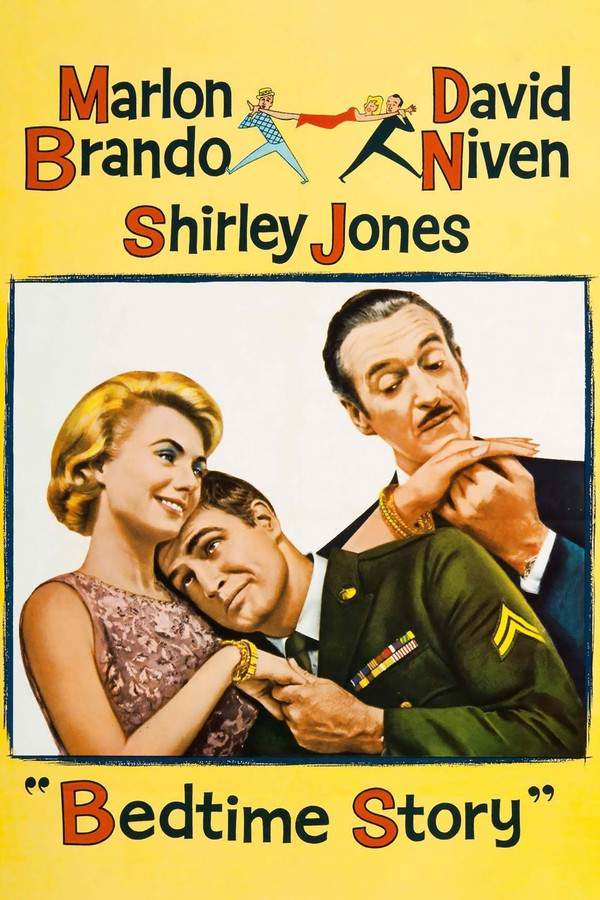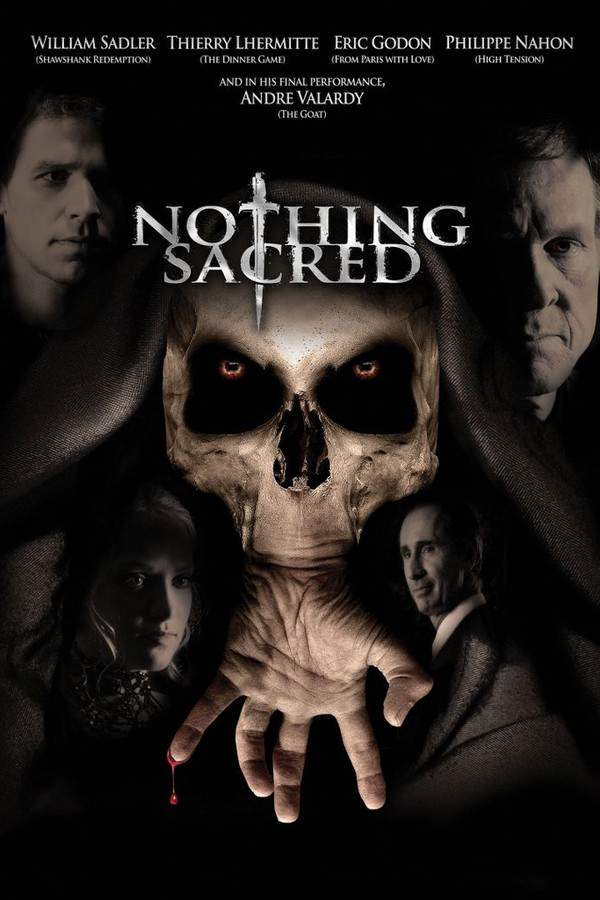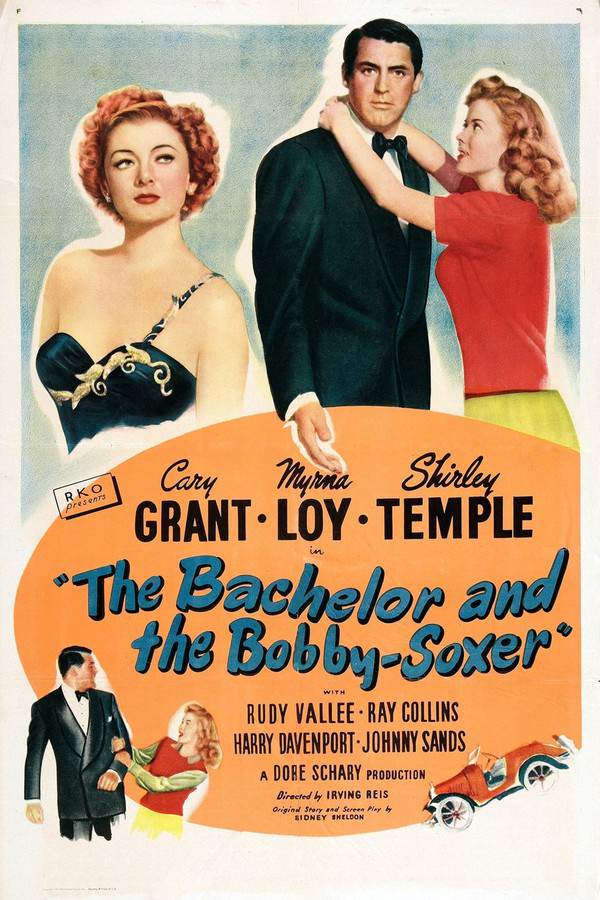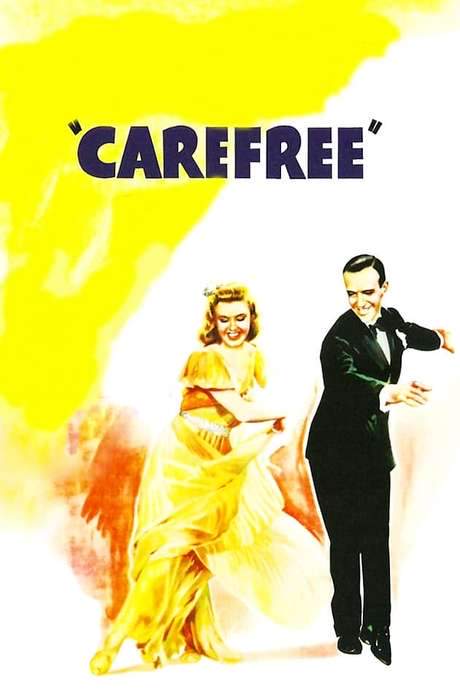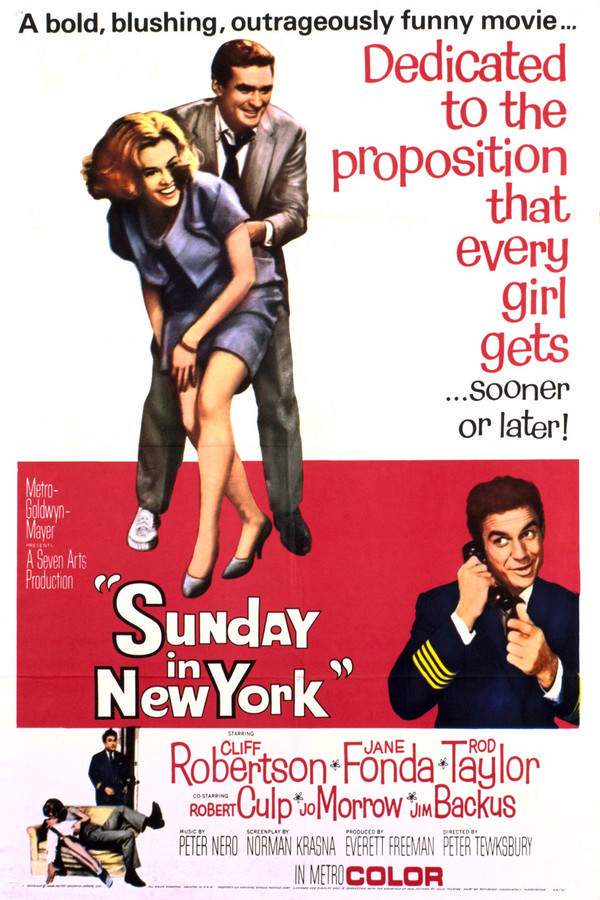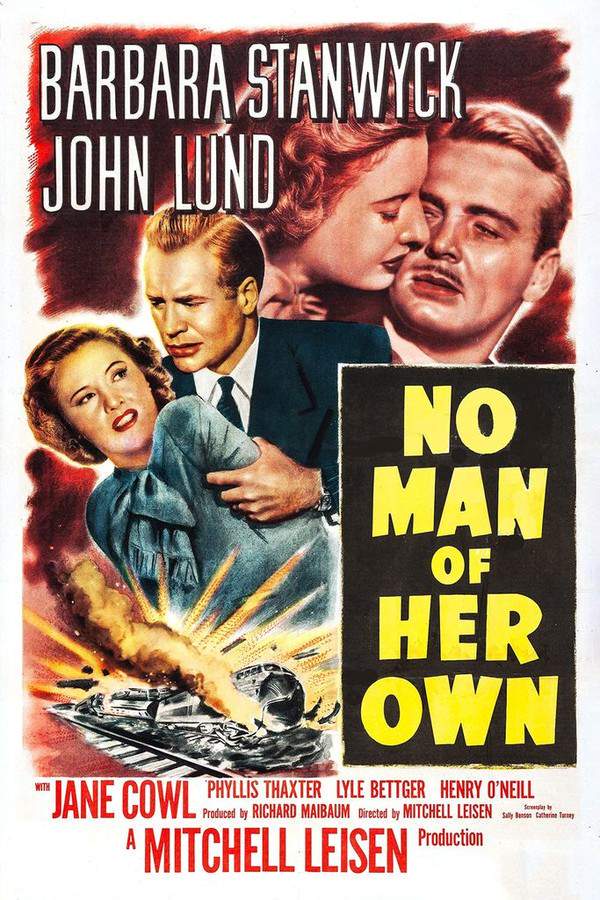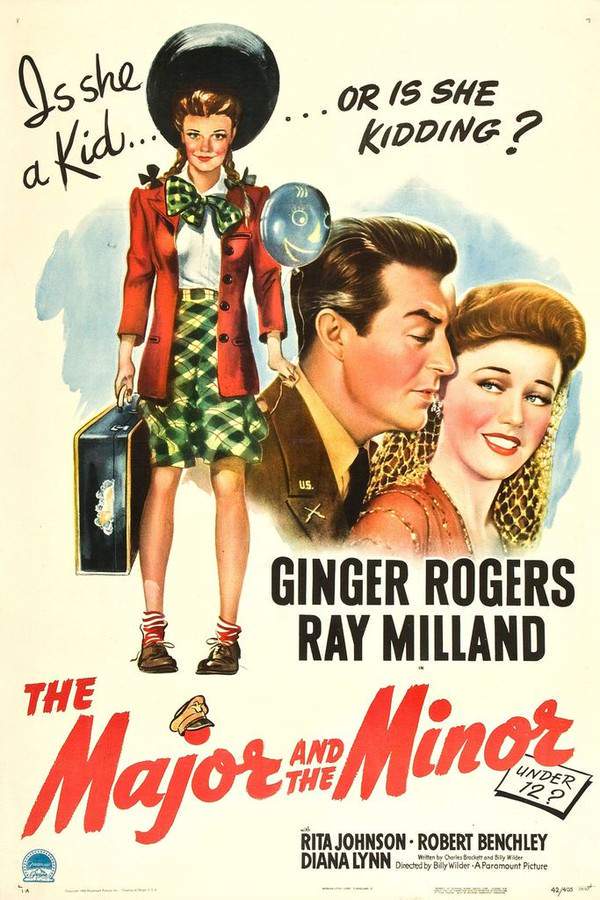
The Major and the Minor
Year: 1942
Runtime: 100 min
Language: English
Director: Billy Wilder
A spirited New Yorker, Susan Applegate, pretends to be a young girl to obtain a train ticket to Iowa. The train conductor discovers her deception, and she cleverly hides in the quarters of Major Kirby, who is captivated by her seemingly innocent demeanor. As his fiancée and others become suspicious of her true identity, Susan uses her quick wit and charm to maintain the elaborate ruse and avoid exposure.
Warning: spoilers below!
Haven’t seen The Major and the Minor yet? This summary contains major spoilers. Bookmark the page, watch the movie, and come back for the full breakdown. If you're ready, scroll on and relive the story!
The Major and the Minor (1942) – Full Plot Summary & Ending Explained
Read the complete plot breakdown of The Major and the Minor (1942), including all key story events, major twists, and the ending explained in detail. Discover what really happened—and what it all means.
As the fallout from Albert Osborne’s (Robert Benchley) unwelcome advances lingers, Susan Applegate (Ginger Rogers) takes a daring step to escape her life as a scalp massager in New York City. She decides to return to her modest roots in Stevenson, Iowa. At the train station, financial difficulties compel her to adopt a clever disguise: she becomes Su-Su, a seemingly innocent 12-year-old girl. However, when two suspicious conductors catch her red-handed with a smoke, Su-Su seeks refuge in the compartment of Major Philip Kirby (Ray Milland). Mistakenly believing her to be a frightened child, he allows her to stay with him until they reach their destination.
The train’s unexpected detour due to flooding leads to an unforeseen encounter with Philip’s fiancée, Pamela Hill ([Rita Johnson]), and her father, who commands the military academy where Philip teaches. Pamela boards the train and discovers Su-Su sleeping in the lower bunk. Jumping to the wrong conclusion, she suspects Philip of infidelity and hastily reports her findings to the authorities, only for him to clarify Su-Su’s true identity with a knowing smile.
Among those who see through Susan’s ruse is Lucy, Pamela’s sister, played by Diana Lynn ([diana-lynn]), a budding biologist. Recognizing an opportunity, Lucy persuades Susan to help her thwart Pamela’s plans to keep Philip at the academy, ensuring he won’t be reassigned to active duty. Disguising herself as Pamela, Susan makes a covert call to one of Pamela’s connections in Washington, D.C., successfully changing Philip’s military status.
Susan quickly becomes a favorite among the academy’s cadets, many of whom have invented a method for stealing kisses based on the fall of the Maginot Line. As Philip attempts to caution Susan against this behavior, he loses himself in a convoluted metaphor about lightbulbs and moths, eventually declaring that she will be a “knockout” one day.
As the academy’s dance draws near, Philip expresses his gratitude to Pamela for her support and reveals that he’ll soon be reporting for active duty. However, Pamela, withholding the truth of her involvement, declines to marry him on such short notice. Meanwhile, Cadet Clifford Osborne introduces Susan to his parents, inadvertently exposing her true identity to Pamela.
In a pivotal moment, Albert senior takes a while to remember their past interaction, but ultimately recognizes Susan, revealing her dual identities as both Su-Su and Susan Applegate. This revelation leaves Philip’s military career and Susan’s future in a precarious position. As Susan plans to meet Philip, Pamela intervenes, spinning a deceitful tale that only an unsuspecting suitor would believe. With Susan missing, Pamela threatens to ruin Philip’s reputation unless she disappears altogether. Desperate, Susan extracts a promise from Lucy to safeguard her true identity, cementing the need for secrecy.
Back in her hometown, Susan is preoccupied with thoughts of Philip, captivated by the moths dancing around the porch light. Her fiancé, Will Duffy (Richard Fiske), and her mother, Mrs. Applegate (Lela E. Rogers), both notice her distraction. When Philip calls, Susan pretends to be Su-Su’s mother, claiming her “daughter” is preoccupied with a school play – an alibi that is shaky at best. He shares his plans for active duty in San Diego along with a curious gift from Lucy: a frog, symbolizing innocence.
When Philip arrives at the Applegate home, he is struck by the striking resemblance between Susan and her mother. During their conversation, he divulges that Pamela has married someone else, leaving him vulnerable as he faces the chaos of war. He recounts a story about a fellow officer on the verge of a hasty marriage in Nevada, highlighting the emotional weight of imminent farewells.
Mrs. Applegate, wise and perceptive, reminds Philip that men going into battle shouldn’t wed, a reality Philip must now grapple with. As he stands at the train station, Susan appears at the far end of the platform, her name echoing promises of hope in his mind.
Approaching each other, Philip’s gaze – one impaired, one perfect – meets Susan’s, and a smile spreads across his face as realization dawns. He asks for her name, and she boldly declares herself as Susan Kathleen Applegate, a woman ready to marry a soldier if he chooses her. Her musings on the Fall of France display her firm belief in destiny.
As they linger on the edge of the platform, Philip’s gaze stays fixed on Susan, his uncertain eye flickering before he looks away. Their lips meet in a tender kiss, amid shouts of “Su-Su!” and “Come, Philip!” they race after the departing train, their futures now intertwined, glowing with promise and possibility.
Last Updated: November 17, 2024 at 21:05
Explore Movie Threads
Discover curated groups of movies connected by mood, themes, and story style. Browse collections built around emotion, atmosphere, and narrative focus to easily find films that match what you feel like watching right now.
Movies with clever deceptions like The Major and the Minor
Movies where charming characters maintain a complex lie through quick thinking.If you enjoyed the witty ruse in The Major and the Minor, you'll love these movies about charming characters maintaining elaborate lies. Discover similar comedy stories where quick thinking and clever deception drive a playful and romantic plot, creating a fun, fast-paced viewing experience.
Narrative Summary
Stories in this thread typically feature a protagonist who adopts a false identity or concocts a complex scheme for a specific goal. The plot is propelled by a series of close calls and comic misunderstandings as they try to maintain their deception, often leading to romantic entanglements and a final, satisfying revelation.
Why These Movies?
These movies are grouped together because they share a core narrative device of a clever, high-stakes deception. They create a consistent vibe of playful tension through witty dialogue, charismatic leads, and a plot that balances the thrill of the con with lighthearted romantic or comedic elements.
Fast-paced romantic farces similar to The Major and the Minor
Energetic comedies driven by witty banter, romantic chaos, and social satire.Fans of the rapid-fire wit and romantic chaos of The Major and the Minor will enjoy these classic screwball comedies. Find movies like this with fast pacing, clever social commentary, and charming leads whose verbal sparring leads to love in the most unexpected and hilarious ways.
Narrative Summary
The narrative pattern involves a central romantic couple, often from different social strata, who engage in a 'battle of the sexes' through sharp, witty dialogue. The plot is a chaotic sequence of schemes, misunderstandings, and social satire that accelerates towards a unifying and happy conclusion.
Why These Movies?
These films are united by their specific blend of tone and pacing. They share a light, charming feel, a focus on verbal wit over slapstick, and a narrative engine that is fast, farcical, and ultimately optimistic, providing a very particular and beloved comedic experience.
Unlock the Full Story of The Major and the Minor
Don't stop at just watching — explore The Major and the Minor in full detail. From the complete plot summary and scene-by-scene timeline to character breakdowns, thematic analysis, and a deep dive into the ending — every page helps you truly understand what The Major and the Minor is all about. Plus, discover what's next after the movie.
The Major and the Minor Timeline
Track the full timeline of The Major and the Minor with every major event arranged chronologically. Perfect for decoding non-linear storytelling, flashbacks, or parallel narratives with a clear scene-by-scene breakdown.

Characters, Settings & Themes in The Major and the Minor
Discover the characters, locations, and core themes that shape The Major and the Minor. Get insights into symbolic elements, setting significance, and deeper narrative meaning — ideal for thematic analysis and movie breakdowns.

The Major and the Minor Spoiler-Free Summary
Get a quick, spoiler-free overview of The Major and the Minor that covers the main plot points and key details without revealing any major twists or spoilers. Perfect for those who want to know what to expect before diving in.

More About The Major and the Minor
Visit What's After the Movie to explore more about The Major and the Minor: box office results, cast and crew info, production details, post-credit scenes, and external links — all in one place for movie fans and researchers.

Similar Movies to The Major and the Minor
Discover movies like The Major and the Minor that share similar genres, themes, and storytelling elements. Whether you’re drawn to the atmosphere, character arcs, or plot structure, these curated recommendations will help you explore more films you’ll love.
Explore More About Movie The Major and the Minor
The Major and the Minor (1942) Scene-by-Scene Movie Timeline
The Major and the Minor (1942) Movie Characters, Themes & Settings
The Major and the Minor (1942) Spoiler-Free Summary & Key Flow
Movies Like The Major and the Minor – Similar Titles You’ll Enjoy
The Very Thought of You (1999) Plot Summary & Ending Explained
Sunday in New York (1964) Ending Explained & Film Insights
No Man of Her Own (1932) Plot Summary & Ending Explained
Her Minor Thing (2005) Movie Recap & Themes
All Aboard (1917) Detailed Story Recap
Thoroughly Modern Millie (1967) Plot Summary & Ending Explained
Slightly Dangerous (1943) Full Movie Breakdown
The Girl from Missouri (1934) Detailed Story Recap
The Flapper (1920) Spoiler-Packed Plot Recap
The Private War of Major Benson (1955) Ending Explained & Film Insights
General Nuisance (1941) Plot Summary & Ending Explained
Unfinished Business (1941) Movie Recap & Themes
The Affairs of Susan (1945) Spoiler-Packed Plot Recap
Who Was That Lady? (1960) Plot Summary & Ending Explained
She Wouldn’t Say Yes (1945) Full Movie Breakdown


